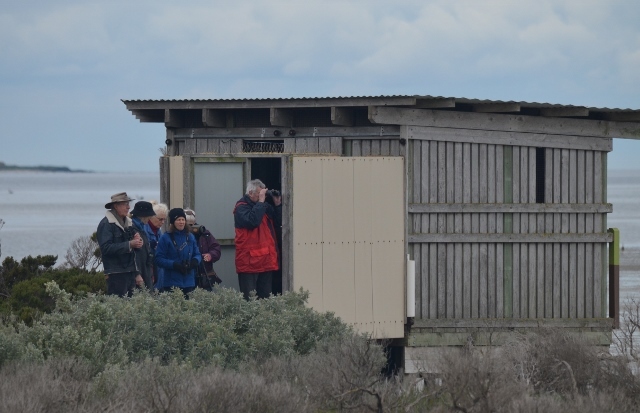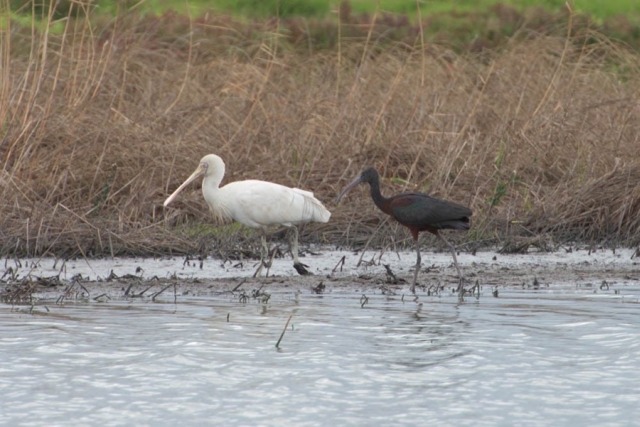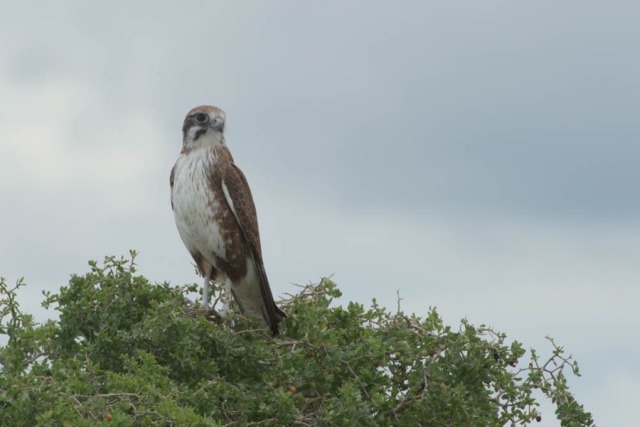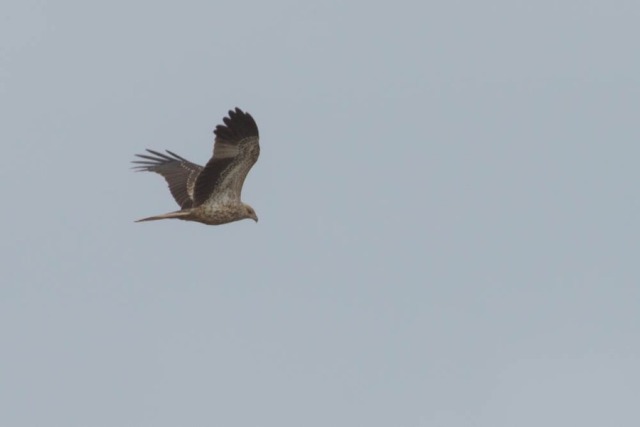Seventeen people, a record number of people, saw sixty-three birds, also a record number on our first-ever visit to this wonderful birding location.
The weather was very kind, with no rain or wind, and we were having such an enjoyable time that we ended up staying for most of the day. The only downside was that the areas where Orange-bellied Parrots were most like to be found were closed off due to the Annual cattle quarantine program. We saw pond after pond of wonderful water birds, including over 1000 Pink-eared ducks…we normally get excited at seeing one!

Outside the bird hide

So much to see
We were surprised to see quite a number of waders, which are normally on their way back to Australia from Siberia at this time of year. We assumed they were immature birds which had stayed behind when the others left in the autumn. We were mystified by three Curlew Sandpipers in lovely reddish breeding plumage.

Curlew Sandpipers, one with reddish plumage

Red-necked Stints
The highlight was good views of two of the uncommon Glossy Ibis, with their bronze-brown plumage with a metallic iridescent sheen on the wings.

Yellow-billed Spoonbill & Glossy Ibis
A small flock of beautifully-marked Zebra Finches was an unexpected sight and Cisticolas are always nice to see.

Zebra Finches

Cisticola
Eight species of raptors and ducks were seen, both species of the so very elegant Stilts, and three small Dotterel species.

Pink-kneed Dotterel

Red-capped Plover / Dotterel

Black Kite

Brown Falcon

Whistling Kite
Some of our party had never seen any of the quite stunning Avocets with their gorgeous bronze heads contrasting with the white and black of the rest of their plumage.

Avocets
I was fascinated by their feeding method which I had not observed before. They were using their long, fine, upturned beaks to gather food in shallow water and on sand banks by short sideways sweeping movements, a bit like Spoonbills. This was followed by a brief shiver, and shake of their necks and heads, as they swallowed their aquatic food.
All in all, it was a day to remember.
Ellinor Campbell
Photos by Margaret Lacey and Phil Watson